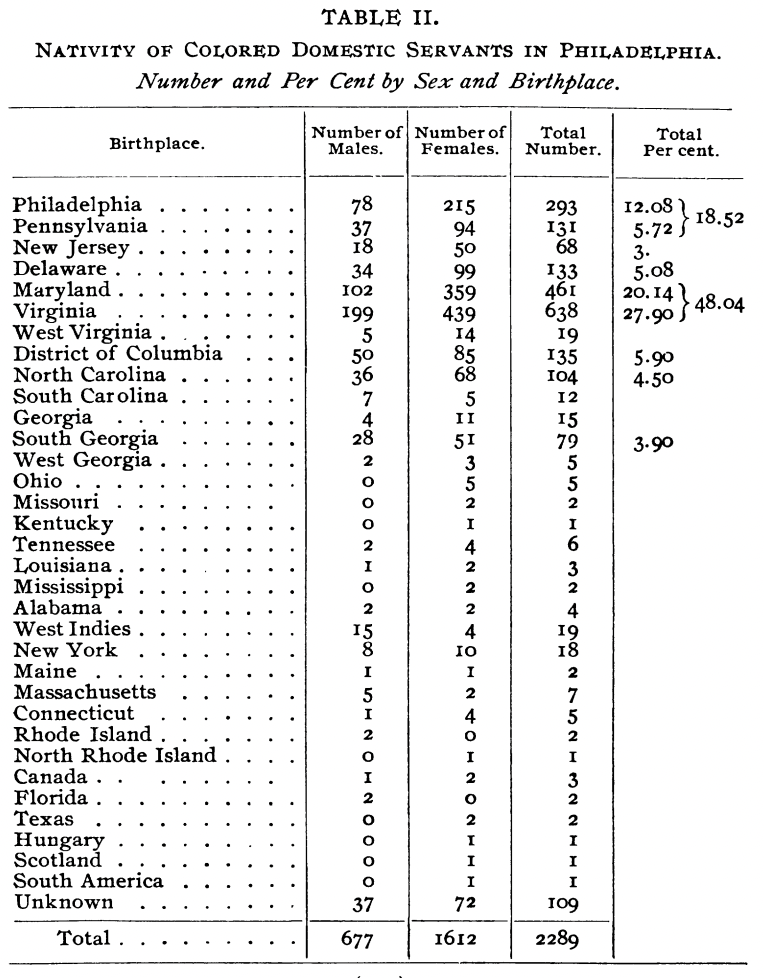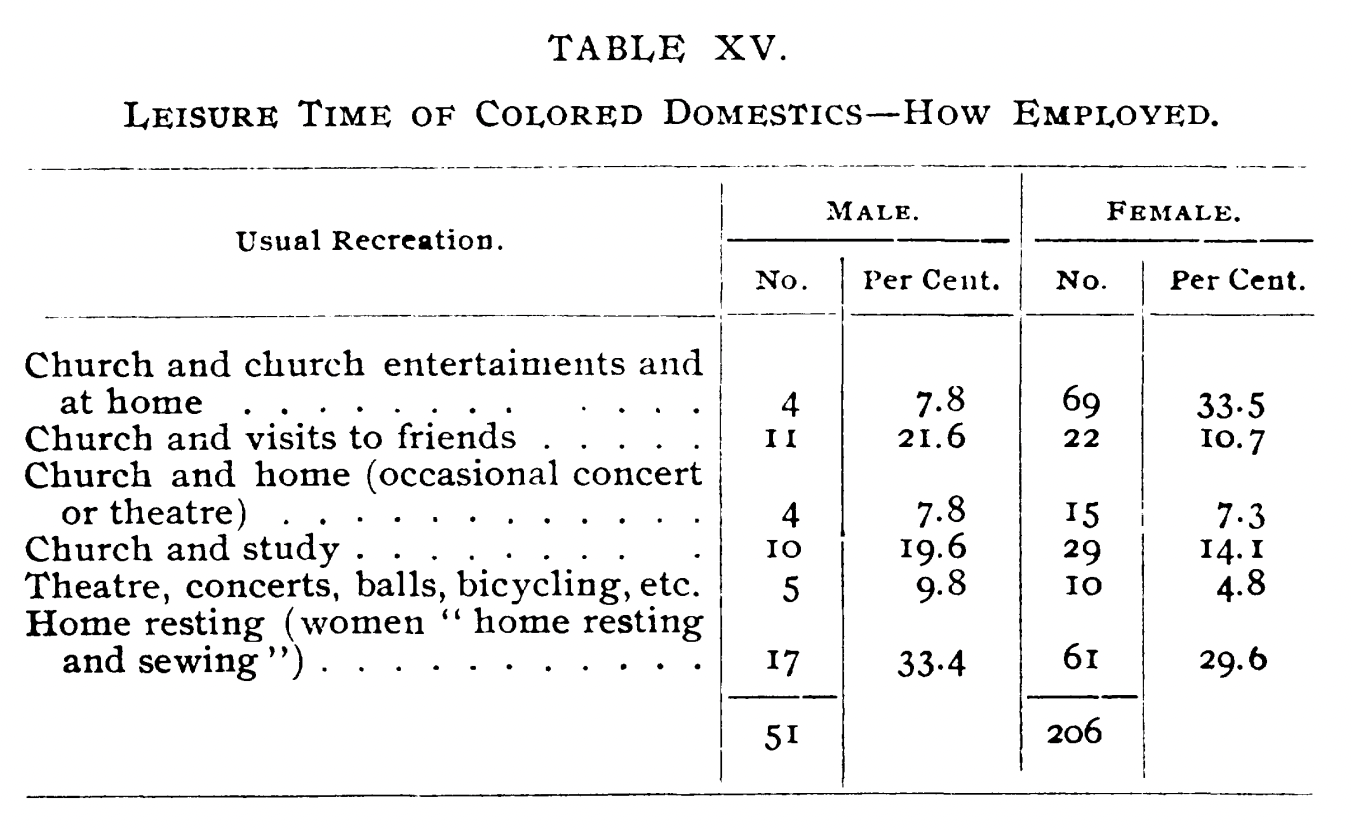Background
Ninety percent of Black working women in the late 19th century were employed in domestic service. Domestic service is work in a private home, which includes cleaning, laundry, cooking, and childcare. It was an industry in which Black women could easily find work. Black servants tended to stay in the industry longer than immigrant domestics. Immigrant domestics typically left the workforce after marrying or having children. In many cases, Black families could not afford for women to leave the workforce. As a result, Black women often spent more time with the white families they worked for than with their own.
Relationships between Black domestics and their white employers could be challenging to navigate. This was especially true in the South, where Black domestics often performed the same household duties they did during slavery. White employers took advantage of their Black workers by paying them poorly and treating them harshly. In addition, Black women often faced sexual harassment. Freedom from enslavement, however, empowered some Black women to stand up for better working conditions. Others decided to leave the South and move to northern states in search of better employers.
About the Document
Isabel Eaton was an assistant to W.E.B. Du Bois, a famous Black writer, teacher, and activist. Eaton was a white middle-class woman, who conducted research in working-class communities and advocated for better working conditions. She helped Du Bois on his book The Philadelphia Negro. In 1899, she published the “Special Report on Negro Domestic Service.”
This resource includes three tables from Eaton’s 1899 report. The first table shows that less than one-fifth of Black domestic workers in Philadelphia were natives of the city. Almost half migrated from either Maryland or Virginia. The second graphic shows that Black women worked in domestic service significantly longer than the industry average. The third table shows how male and female domestic workers spent their free time. Their responses indicate that the church played an important role in Black social life, particularly for women.
Vocabulary
- domestic work: Paid work done in someone’s home, including cooking, cleaning, and taking care of children.
Discussion Questions
- What information do the tables provide about Black domestic workers?
- How did Black domestic workers spend their free time? What does that say about the Black community in Philadelphia at the time?
- The first table shows that almost half of the Black domestic workers in Philadelphia were from Maryland and Virginia. What does that say about Black migration after the Civil War?
- How did the length of Black domestic workers’ service compare to the industry average? Why do you think that was the case and why is that significant?
- Isabel Eaton was a white woman conducting research on Black employees in predominantly white households. How might Isabel Eaton’s race have affected her research?
Suggested Activities
- APUSH Connections:
- 6.3: Westward Expansion: Social and Cultural Development
- 6.7: Labor in the Gilded Age
- Compare and contrast the experiences of Black and Irish immigrant domestic workers. Pair this resource with Irish domestic workers. How did race affect the working conditions of domestic workers?
- Pair this resource with resource 21 from the Black Citizenship in the Age of Jim Crow curriculum. How did scholars like Du Bois and Eaton use their research to advocate for Black rights?
- Consider the differences in social standing between researchers and research subjects. Pair this document with an article about factory work and the life story of Jane Addams, who introduced Isabel Eaton to social work.
- Explore the experiences of Black women in the decades after the Civil War. Combine this resource with the experiences of laundry workers, the backlash against Black workers, images of Black incarcerated women, an article about a labor strike in Atlanta, images of Exodusters, Ida B. Wells’s pamphlet about Jim Crow, a speech from the first Black women’s club convention, an Aunt Jemima advertisement, and the life stories of Josephine St. Pierre Ruffin, Edmonia Lewis, Mary Ellen Pleasant, and Lucy Parsons.
Themes
WORK, LABOR, AND ECONOMY









